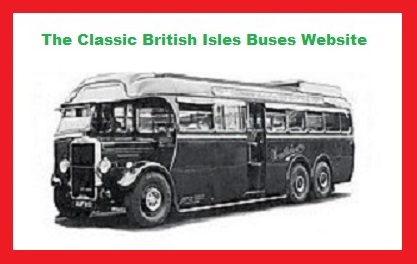

The Classic British Isles Buses Website
London Routemasters introduction page (by Shane Conway)
Last updated 7 August 2024

Email Events diary Past events list Classified adverts Classic U.K. Buses Classic Irish Buses Classic Manx Buses

The legendary and long lived AEC Routemaster first saw the light of day in 1954, the beginning of a production run of 2,876 buses which was to continue from 1959 until 1968. In a London career that was to span an eventual total of 46 years (probably never envisaged at the time of building) these iconic buses became known the world over as a symbol of London. Withdrawal of them only commenced in 1982, by which time the half cab rear platform bus had became virtually a memory in most other towns and cities across the British Isles. The withdrawal process itself was also to drag on into the 21st century, until December 9th 2005, this span of 23 years being longer than the lives of many buses.
I first encountered these buses in the mid 1980s, making a few trips to London at that time. Armed with nothing more than a camera, one day travelcard, and a rough list of routes operated by them, I was able to re-acquaint myself with the almost forgotten art of jumping on a bus with no doors, taking my seat, and not having to queue up to pay the driver. The "for" and "against" opinions were also very much in vogue too over their continuing use, with the disabled lobby groups arguing and proving that they were not wheelchair accessible, while at the same time the authorities recognised their design and double manning made them unbeatable as a quick "fill up and go" option for getting commuters on the move, computerised ticket machines and pre-paid ticketing being several years in the future.
However, with deregulation looming, other operators were quick to realise their potential for re-introducing crew operation across the U. K. London's loss was to be the gain of places like Glasgow, Perth, Manchester, Carlisle, Blackpool, Bedford, Southend, Southampton and Reading. I subsequently ventured to Blackpool in 1987 and got a few trips between there and Fleetwood, on buses which I would encounter 18 years later on some of the "last day" events on London routes. The overcrowding of Glasgow's Queen Street with buses at this time was another sight to remember, with Strathclyde's panoramic windowed Atlanteans competing with Routemasters. The enthusiast press of the time claimed that Queen Street was seeing 300 buses per hour, something I never bothered counting, but there were certainly a lot, probably more buses than passengers. Commercially speaking, such a scenario couldn't, and didn't, last too long, and the RMs departed once again.
By 2004, it was becoming clear that their days were numbered, with conversions of each remaining (London) route to driver only buses. Only seven routes remained into 2005, so I decided I had to return to London at least once that year to see them run in for the last time. In fact I managed to get to two such events, routes 14 and 22 in July, and route 38 in October, encountering some of the ex Blackpool buses from 1987 on the latter visit.
The contents of these pages give a brief history of the type, an overview of some of the route conversions in 2004/05 and the story of one bus in preservation. It is not intended to be a definitive history, just a visitor's tribute to a legendary bus type. Any corrections or updates are welcome, as are additional photos.
Links to other sites about Routemasters:
Links to sites of bus operators who run Routemasters:
Email Events diary Past events list Classified adverts Classic U.K. Buses Classic Irish Buses Classic Manx Buses